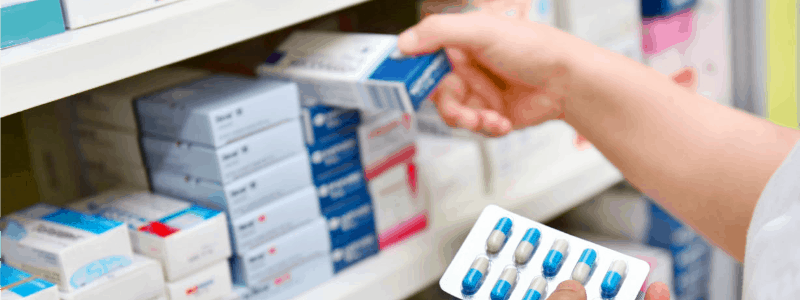A recent report from ResearchandMarkets.com stated the global blister packaging market is projected to grow in value from US$24.1 billion in 2020 to US$34.1bn by 2025. As an effect of the global pandemic, it is no surprise the healthcare sector is the largest end-use sector segment. While thermoforming holds the most significant technology segment of the blister packaging market, cold forming is used extensively due to its high efficiency rate.
Cold form blister packaging comes from sandwiching aluminium foil between polyvinyl chloride (PVC) and nylon films using dry bond lamination technology (AL/NY/PVC). The film laminate is pressed into a mould by a stamp without applying heat.
There are many advantages to this form of packaging, such as ensuring product integrity and enabling prolonged shelf life. This is imperative to consumers, as most store their medications in varied temperature and atmospheric conditions that could damage the quality of the product. Despite the increasing pressure to manufacture more medications to meet the industry’s demand, pharmaceutical products must continue to meet high hygiene and safety standards to preserve the strength of the active ingredients. Changes in these factors can have severe consequences for the customers in terms of their health, and damage the manufacturer’s reputation.
Understanding effective adhesives for bonding of films
With an increasing demand for healthcare products, it is crucial manufacturers select adhesives for cold form blister packaging that possess qualities to help meet increased hygiene and safety standards. The use of aluminium on cold forming blister packaging offers a near-complete barrier for moisture, light and oxygen, enabling an extended product shelf life. This is only possible with a high-performing and reliable adhesive to bond the aluminium, nylon and PVC films. The adhesive should also be compliant with local standards for drug safety.
Importance of sustainable manufacturing
As manufacturers continue to invest in sustainable and high performing adhesives that maximise efficiency while minimising expenditure, solutions that help address the challenges of cold form blister packaging are key to their decision-making process.
There is already a smart adhesive that can improve the performance of cold form blister packaging available in the market.
One of the hurdles manufacturers face is in obtaining an adhesive with excellent clarity and clean optical. Since adhesives used in blister packaging are involved in high-speed production processes, staying transparent is one of the critical determining factors of a quality product.
Cold form blister packaging with adhesives that provide impermeable barrier protection from elements such as moisture and light is ideal.
Solutions such as Bostik’s new HERBERTS™ EPS8760/KN75, a recently launched, high-performing smart adhesive that helps address the challenges of slow production speed, clarity of adhesive and protection against moisture and light. HERBERTS™ EPS 8760/KN75 presents stable bonding strength and exceptional deep drawing performance to provide excellent long-term delamination resistance and retention of the packaging structure, even after extended periods. This leads to effective quality and process handling control, as well as maximised production speed and reliability.
Packaging 360 is a comprehensive knowledge sharing ecosystem for the Indian packaging industry. Our services include an online content platform to deliver news, insights and case studies; organising conferences seminars and customised training; Providing Bespoke Project Consulting, Market Research and Intelligence.







